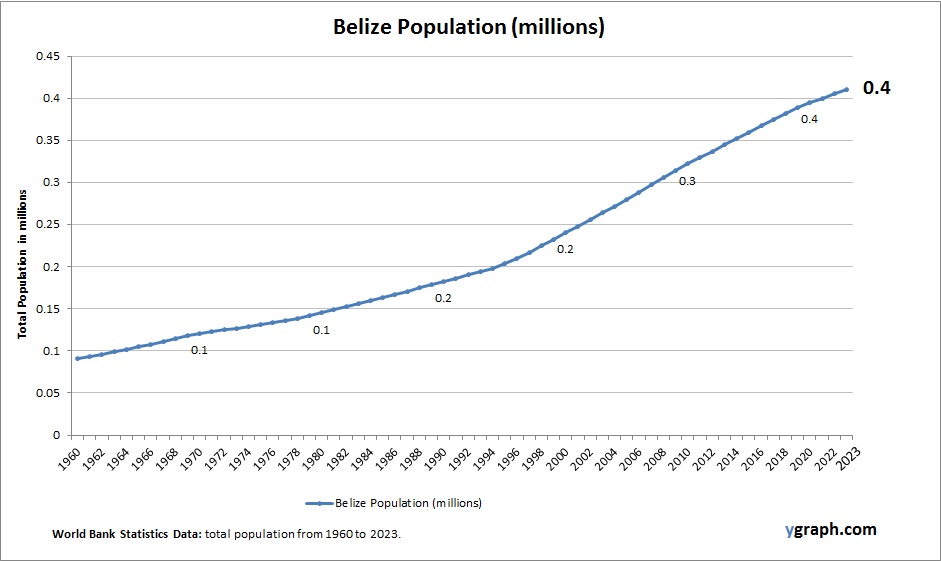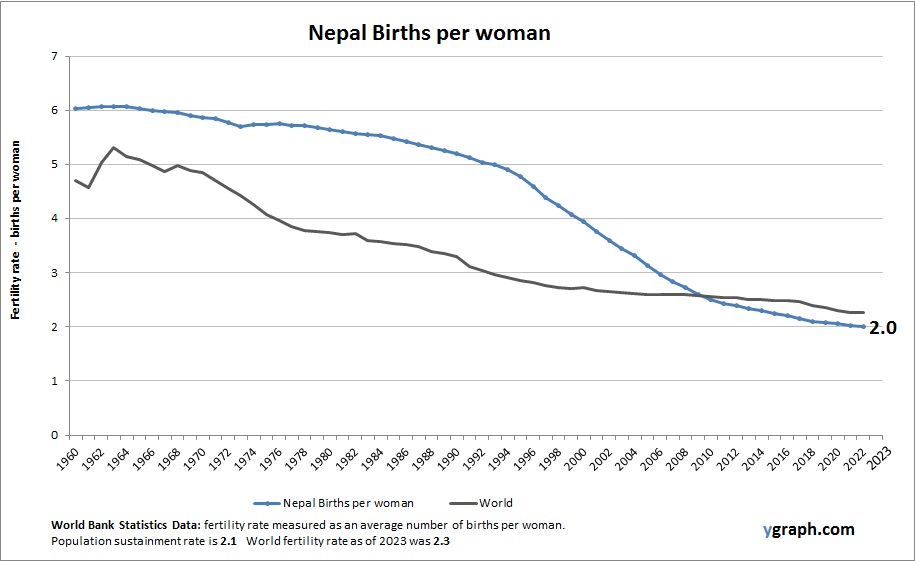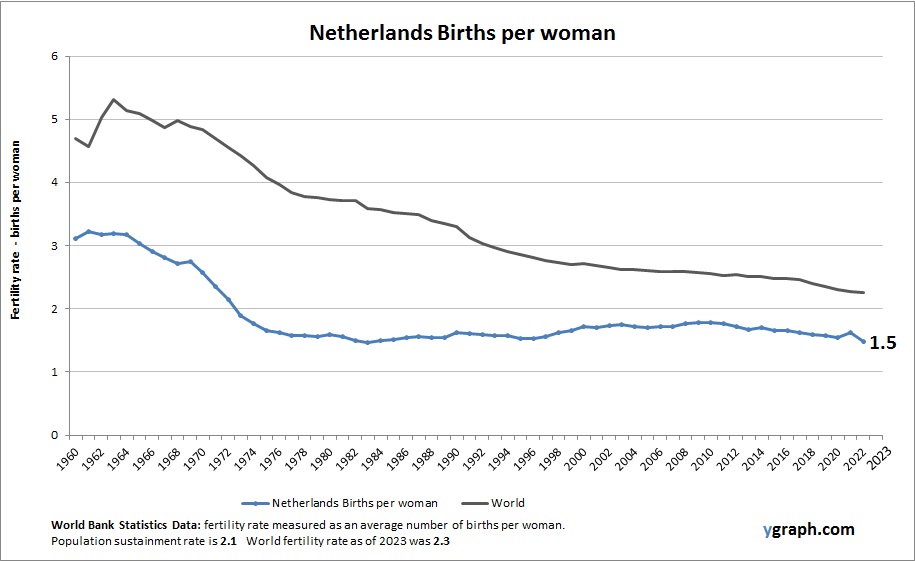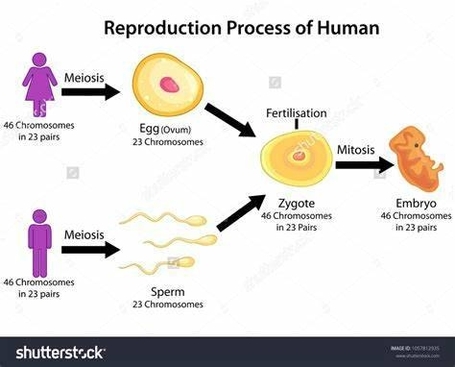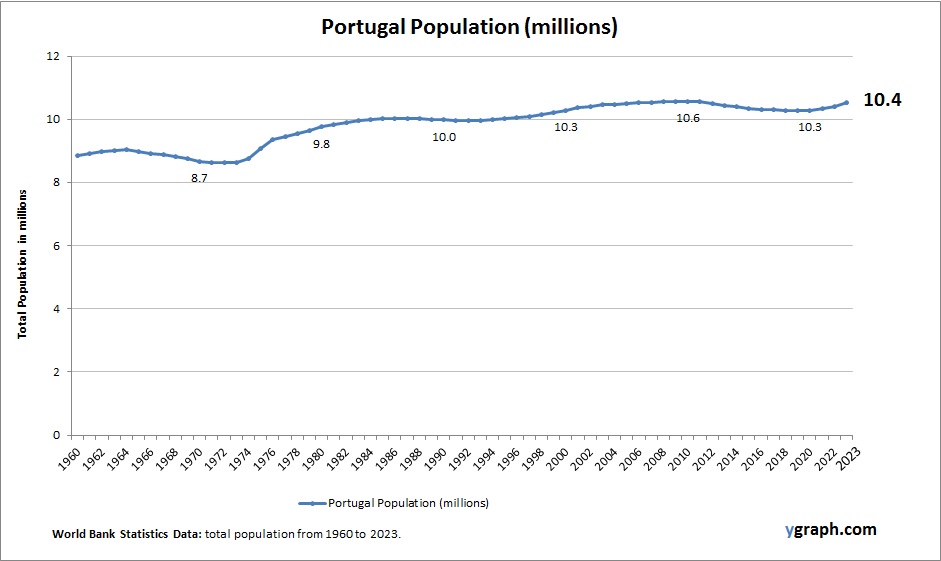The term economic flow refers to the movement of goods, services, and money within an economy. It is a fundamental concept in economics that helps us understand how different sectors of the economy interact with each other. There are two main models that economists use to explain economic flow: the circular flow model and the economic cycle.
The circular flow model is a simplified representation of how money and goods move between households and businesses. In this model, households provide labor to businesses in exchange for wages, which they use to purchase goods and services from businesses. Businesses, in turn, use the revenue generated from these sales to pay for labor and other inputs. This creates a circular flow of money and goods between households and businesses, which is essential for the functioning of a market economy .
The economic cycle, also known as the business cycle, refers to the fluctuations in economic activity that occur over time. The cycle is characterized by four stages: expansion, peak, contraction, and trough. During the expansion phase, the economy grows rapidly, with low unemployment rates and high levels of consumer spending. The peak phase marks the end of the expansion and the beginning of a contraction, during which economic activity slows down, unemployment rates rise, and consumer spending decreases. The trough phase is the bottom of the cycle, where the economy is at its weakest. Finally, the cycle enters the expansion phase again, and the process repeats itself .
The economic cycle is driven by a variety of factors, including changes in interest rates, government policies, and technological innovations. Understanding the economic cycle is important for investors and businesses, as it can help them make informed decisions about when to invest and when to pull back. It is also important for policymakers, who can use fiscal and monetary policies to stabilize the economy during times of contraction .
In conclusion, the concept of economic flow is essential for understanding how different sectors of the economy interact with each other. The circular flow model and the economic cycle are two important models that economists use to explain economic flow. By understanding these models, we can gain a better understanding of how the economy works and make informed decisions about our investments and policies.

